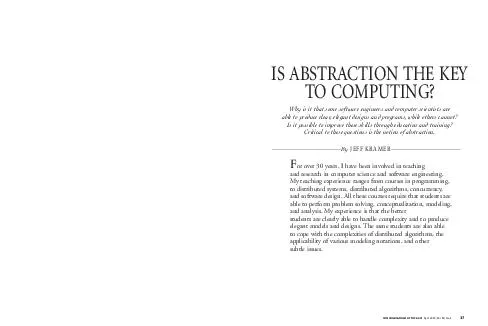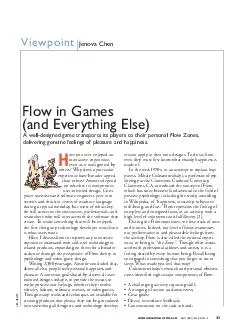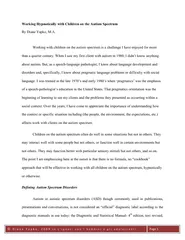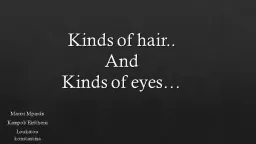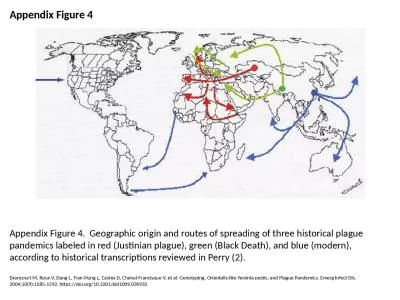PPT-Why are some kinds Historical and Others Not?
Author : test | Published Date : 2016-07-24
Laura FranklinHall New York University April 2015 Scientific Classifications g ranular materials f undamental particles g enes e ventoed ungulates NigerCongo languages
Presentation Embed Code
Download Presentation
Download Presentation The PPT/PDF document "Why are some kinds Historical and Others..." is the property of its rightful owner. Permission is granted to download and print the materials on this website for personal, non-commercial use only, and to display it on your personal computer provided you do not modify the materials and that you retain all copyright notices contained in the materials. By downloading content from our website, you accept the terms of this agreement.
Why are some kinds Historical and Others Not?: Transcript
Download Rules Of Document
"Why are some kinds Historical and Others Not?"The content belongs to its owner. You may download and print it for personal use, without modification, and keep all copyright notices. By downloading, you agree to these terms.
Related Documents



